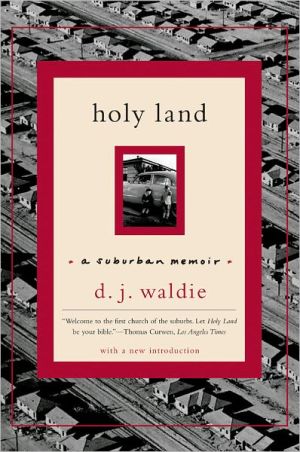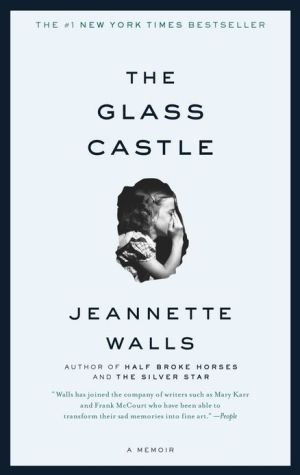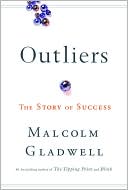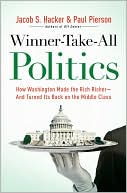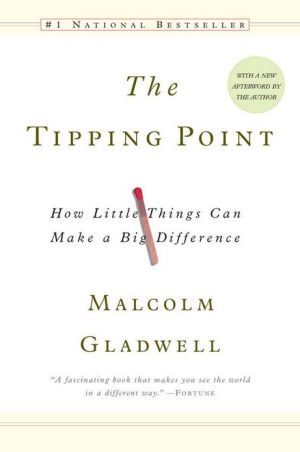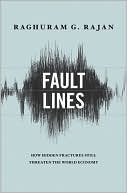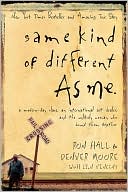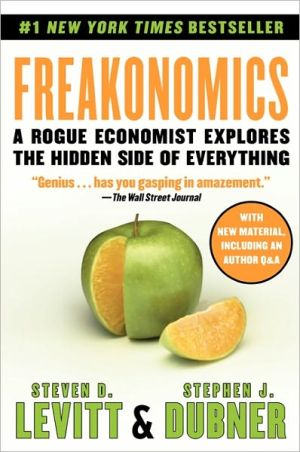Holy Land : A Suburban Memoir
"Infinitely moving and powerful, just dead-on right, and absolutely original."—Joan Didion\ Since its publication in 1996, Holy Land has become an American classic. In "quick, translucent prose" (Michiko Kakutani, New York Times) that is at once lyrical and unsentimental, D. J. Waldie recounts growing up in Lakewood, California, a prototypical post-World War II suburb. Laid out in 316 sections as carefully measured as a grid of tract houses, Holy Land is by turns touching, eerie, funny, and...
Search in google:
"Infinitely moving and powerful, just dead-on right, and absolutely original."—Joan Didion Publishers Weekly Waldie, public information officer of Lakewood, Calif., as a boy moved with his family to one of that town's suburbs that was designed and built nearly overnight during the 1950s. In this unusual and compelling memoir organized into a series of short, episodic essays, some of which were previously published in journals, the author describes both a place and the mindset of a decade. Built on a grid, the subdivision of identical houses on similar lots was owned by three businessmen whose Jewish background would have prevented them from living there at that time. Homes were quickly sold to young couples-many of the men were WWII veterans-purchasing a house for the first time. The design of a shopping mall within Lakewood that was opened in 1952 included a half-mile civil defense fallout shelter and reflected the fear of Soviet attack that was mirrored by the attitudes of the Roman Catholic nuns who taught Waldie in school. Photos. (June)
\ Publishers Weekly - Publisher's Weekly\ Waldie, public information officer of Lakewood, Calif., as a boy moved with his family to one of that town's suburbs that was designed and built nearly overnight during the 1950s. In this unusual and compelling memoir organized into a series of short, episodic essays, some of which were previously published in journals, the author describes both a place and the mindset of a decade. Built on a grid, the subdivision of identical houses on similar lots was owned by three businessmen whose Jewish background would have prevented them from living there at that time. Homes were quickly sold to young couples-many of the men were WWII veterans-purchasing a house for the first time. The design of a shopping mall within Lakewood that was opened in 1952 included a half-mile civil defense fallout shelter and reflected the fear of Soviet attack that was mirrored by the attitudes of the Roman Catholic nuns who taught Waldie in school. Photos. (June)\ \ \ \ \ Library JournalBoth these books focus on how the concept of home shaped the lives of 1950s American families. Froncek tells a poignant story of a son's attempt to reconcile himself to his father, an event triggered by the father's Alzheimer's disease and his eventual death in a nursing home. The son finds the key to his father's life in the house the man built for his growing family, then precipitously abandoned. Froncek's quest leads not only to a better understanding of his father but also to greater self-knowledge and acceptance. Waldie, the public information officer for Lakewood, California, brings that suburb to life by interweaving a plethora of historical facts and statistical details with brief anecdotes about community residents. Ironically, these anecdotes tend to focus on those who violated community norms. His work, organized into 316 brief sections, combines personal narrative with a history of real-estate development in the community. Several common threads run through each memoir: father-son relations, fear of communism, community responses to the Vietnam War dead, even the Catholic liturgy during Holy Week. Yet these are very different books. Froncek's memoir celebrates the individualism of a man who built his own house and hungered to rise above the herd; Waldie's describes the virtues of ordinariness and uniformity resulting from mass production. Froncek's lyrical memoir will appeal to a general audience; Waldie's work will more likely attract readers with an interest in urban planning.William Gargan, Brooklyn Coll. Lib., CUNY\ \ \ Kirkus ReviewsPart memoir, part social history, this odd collection of reflections should resonate with anyone who has experienced the profound loneliness of life in suburbia.\ Waldie is a poet, one of BUZZ magazine's 100 certified cool people, and public information officer of Lakewood, Calif. (One can't help wondering how long he'll be retained in this position after the publication of this bleak and cynical book.) He has written a bizarre, often nonsequential, collection of anecdotes and observations on the oppressively gridlike layout of the suburb in which he still lives, city planning, flood control, estrangement between neighbors or between parents and children, Catholicism, and bureaucracy. Waldie's flat, terse, and often emotionless prose seems jarringly appropriate to this description of an environment characterized by painful aesthetic monotony and emotional distance. Waldie skillfully traces Lakewood's evolution in the context of the rise of the suburbs, tract housing, shopping centers, and the 1950s illusion that everyone could be middle class ("Middle-class houses are the homes of people who would not live here"). As a city official, he comes in contact with Lakewood's most eccentric residents; his descriptions of them, factual and stripped of explicit judgment or commentary, are both funny and desperately sad. Mrs. A. perpetually invents conspiracies that implicate the city, the cable company, NASA, and the fast-food fry cook who raped her. One man complains about the red traffic signals he encounters on his way home from work: he wants the city to make them all green, all the time. Waldie is perhaps at his creepiest when he turns his detached terseness on his parents and the woman he once loved, giving only the slightest hints of how he feels about anyone. This isn't always successful; at points his descriptions are too minimal even to provoke our interest.\ Still, when Waldie's style works, his empty front lawns are every bit as depressing as the real thing.\ \ \
